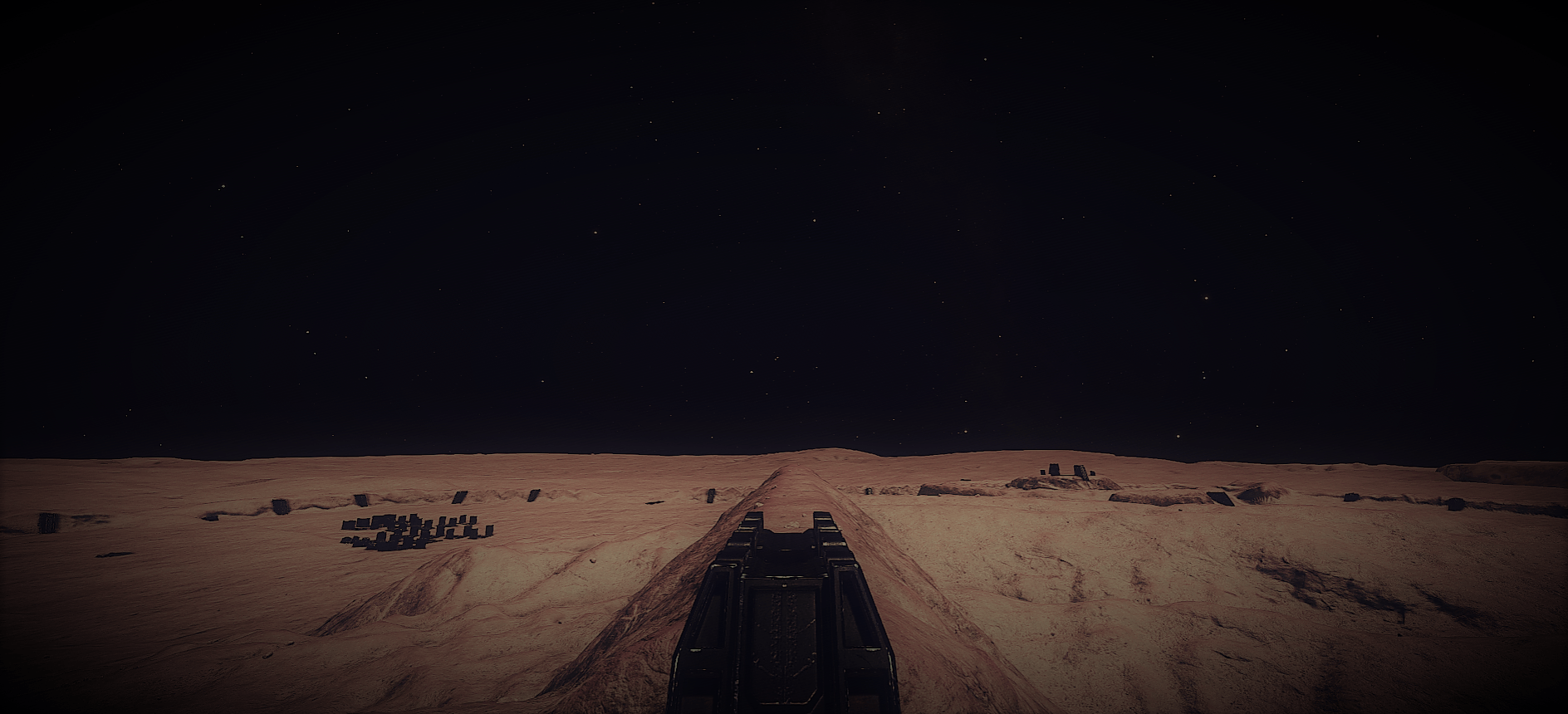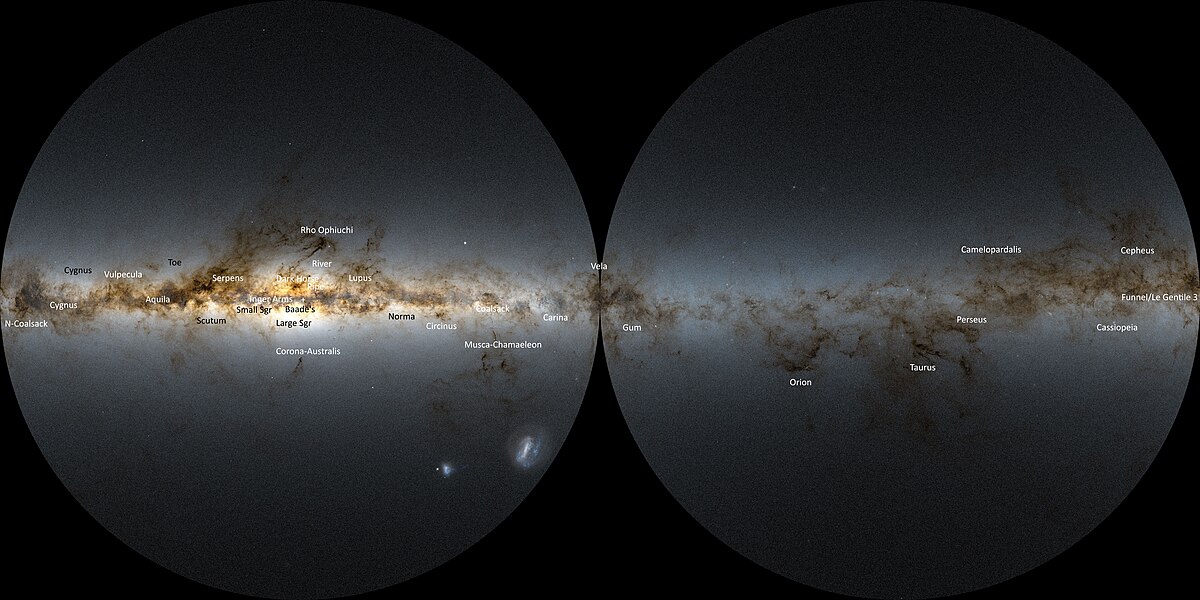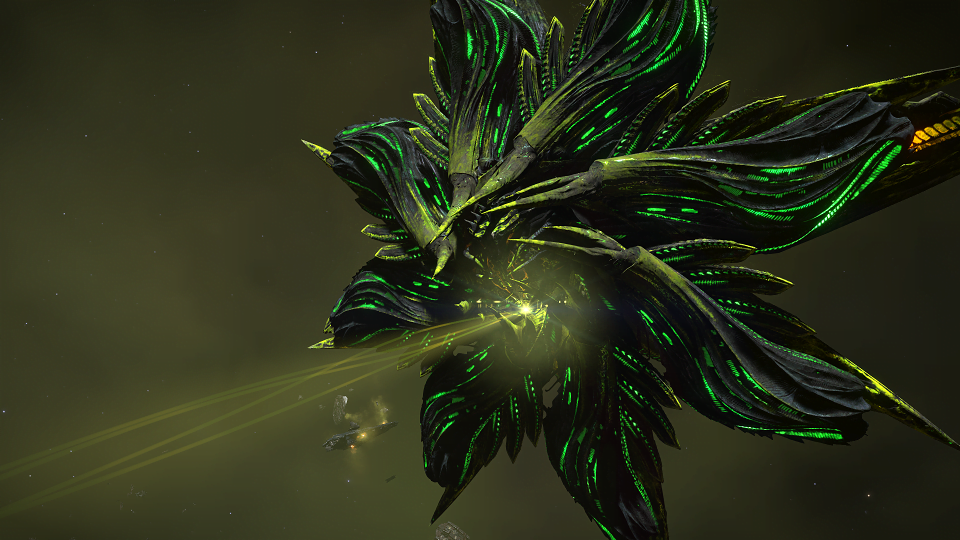According to what we know, the Guardians were an already established spacefaring race with advanced FTL tech by the time the Thargoids started the war. It's suggested (though not explicitly stated) that the Guardians did discover Barnacles (much as we did), but it's unclear if they used them, and it's explicitly clear they already had FTL before expanding past their home system.
So from the Cannon site....
History Summary A sudden climate cooling early in the Guardians’ history meant these nomadic pack-hunters were forced to settle and develop tools and shelters. They swiftly domesticated animals for food, and had a remarkable understanding of inherited traits. This soon developed into...

canonn.science
"
History 12: This data is incredible. The information regarding the Guardians first attempts at space travel are particularly interesting. Although the Guardians clearly had the capacity for sophisticated flight technology, they had not built anything more advanced than dirigibles, no doubt because airships were more in keeping with their ecologically conscientious philosophy. With rocket technology deemed environmentally unfriendly, they developed vast launchers that used electro-magnectic propulsion to catapult ships into space. Breathable gel cocoons helped pilots and passengers withstand the huge G-forces experienced on launch, and served as hibernation pods during long journeys. Having not yet developed faster-than-light technology, the Guardians constructed three large arks for their first interstellar colonies. Much like the Generation ships in our own history.
History 13: This data is extremely exciting commander. contained in this package is information regarding the guardians use of Faster Than Light Communication. Almost the entirety of the guardians’ society was devoted to researching interstellar travel and communication. A breakthrough in faster-than-light communication was made before the arks reached their destinations, but the information was transmitted to the arks while they were still in transit, allowing the colonists to establish faster-than-light communications when they landed. Consequently the interstellar network was developed extremely quickly. The arks kept the population at a manageable level long enough for the guardians to develop Hyperspace technology, which fueled their expansion into the galaxy. The project also cemented the cooperative city-state model, which would serve the Guardians until their ultimate demise."
Rough Timeline Sort of...
The Guardian home world/civilisation was heading for strife due to over population...
"they had not built anything more advanced than dirigibles, no doubt because airships were more in keeping with their ecologically conscientious philosophy"
- They have airships and not much else....
"With rocket technology deemed environmentally unfriendly, they developed vast launchers that used electro-magnectic propulsion to catapult ships into space."
- They didn't want to limit the population and cause issues at home so they go for space travel and colonisation of other worlds to keep their population down and develop their catapults for their initial space travel, I presume to other planets in their system as the pods don't sound like interstellar traveling vehicles and they go on below to mention interstellar colonies and arks....
"Having not yet developed faster-than-light technology, the Guardians constructed three large arks for their first interstellar colonies. Much like the Generation ships in our own history."
- I presume they built these arks whilst in space rather than firing a massive space ship from the ground. And I guess they would head for the closest systems with planets they could inhabit... (Hopefully you're not on the B-Ark.... sorry couldn't resist it!  ). Perhaps the planets they were looking for are commonly found in nebulas... who knows...
). Perhaps the planets they were looking for are commonly found in nebulas... who knows...
"Almost the entirety of the guardians’ society was devoted to researching interstellar travel and communication. A breakthrough in faster-than-light communication was made before the arks reached their destinations, but the information was transmitted to the arks while they were still in transit, allowing the colonists to establish faster-than-light communications when they landed."
- So any discoveries when they arrived on the new worlds could be sent back to the home world in a short space of time (Like discovering Thargoid technology? Which is where the Nebula cross-over might have occurred?)
"The arks kept the population at a manageable level long enough for the guardians to develop Hyperspace technology, which fuelled their expansion into the galaxy." - So they sent more arks out to colonise other systems until they suddenly developed Hyperspace technology ;-) .... now could that have been on the back of discovering weird Thargoid stuff (Barnacle sites, etc).... And "into the galaxy sounds like in all directions"?
Then some time later the Thargoids pop back to check on their gardening and find all the meta alloys have been nicked and squatters have moved in....?
Edit: Additional thought, if they did discover Tharg stuff in a nebula early on they may have then searched other nebula for more stuff to nick?










